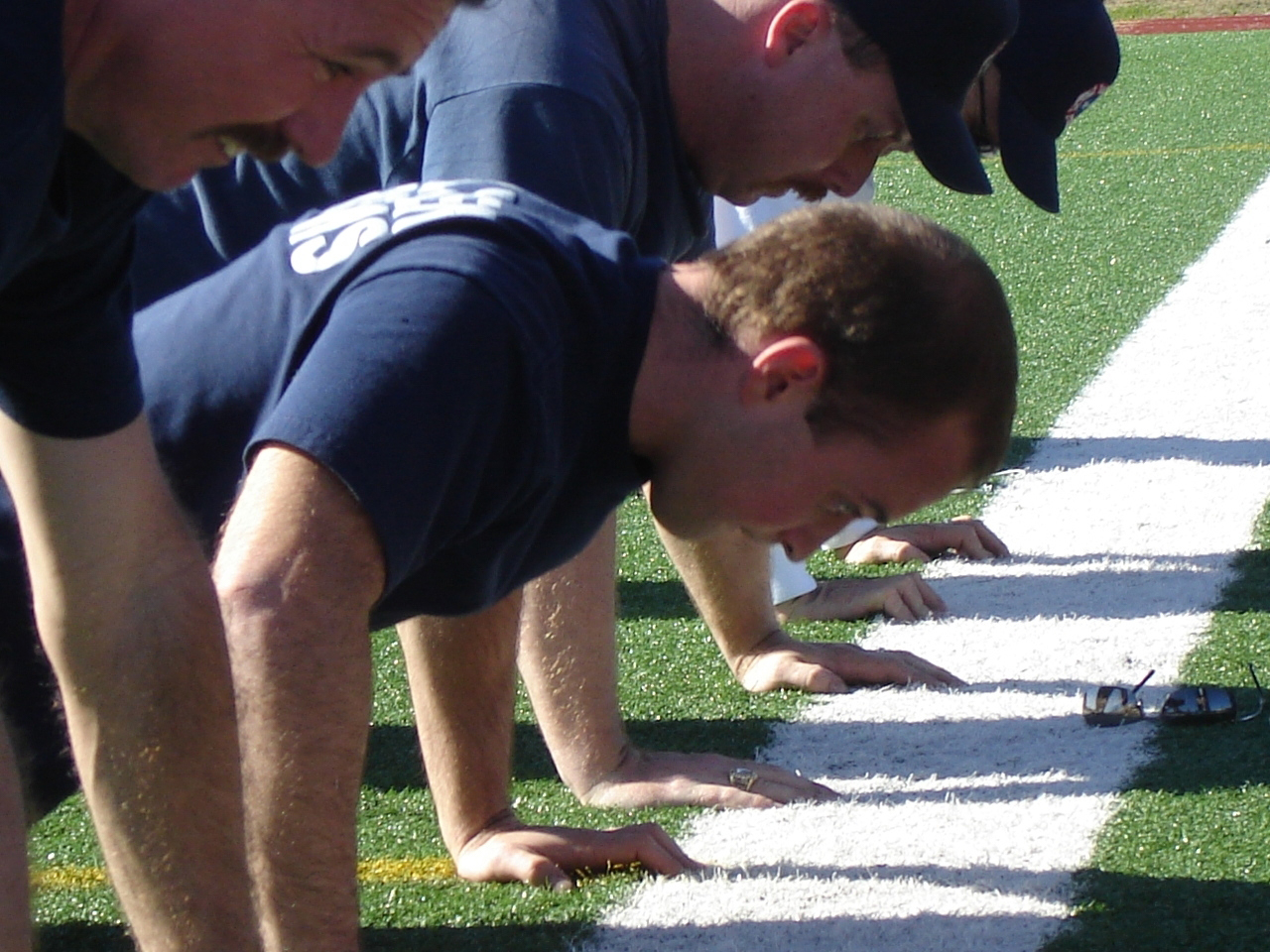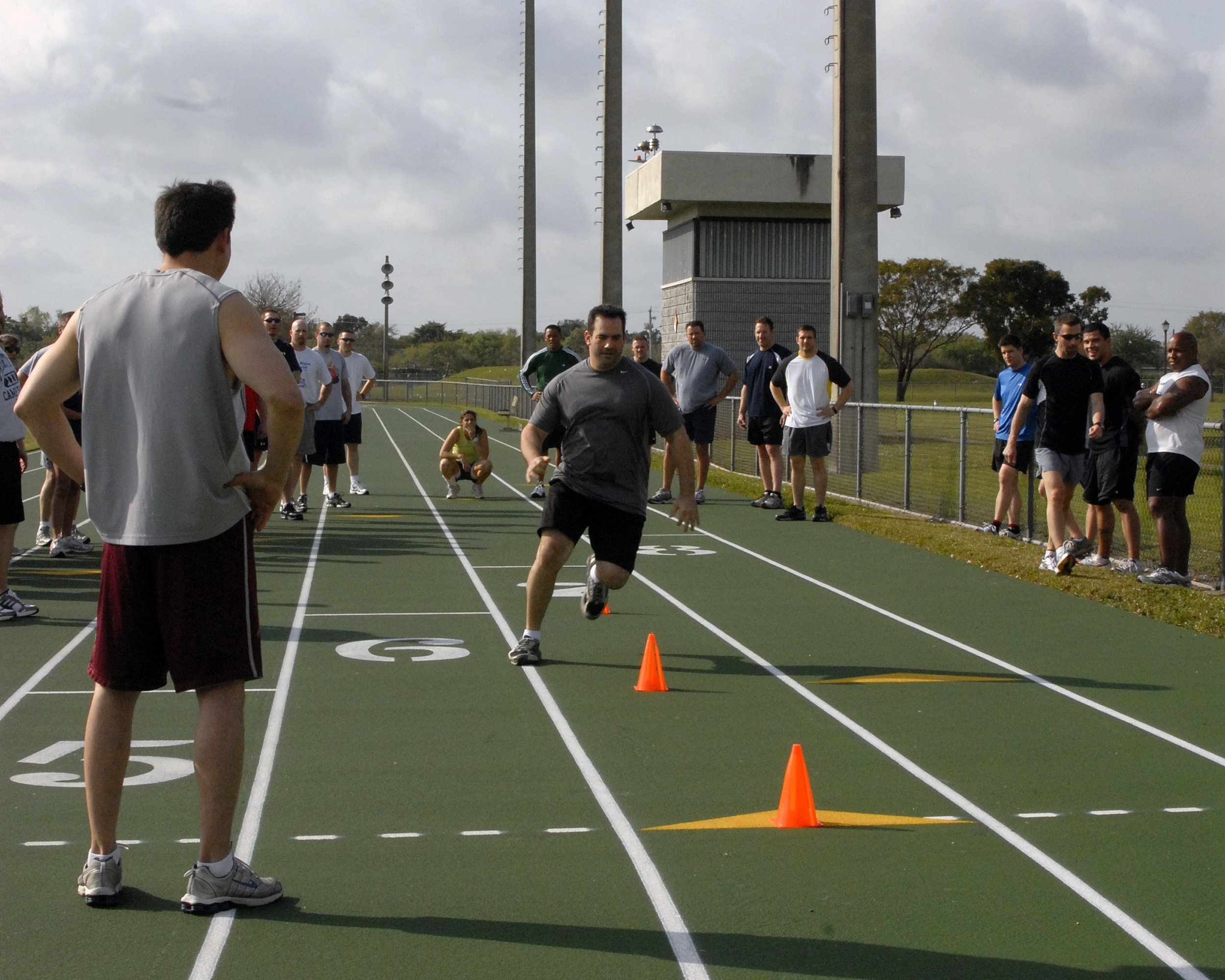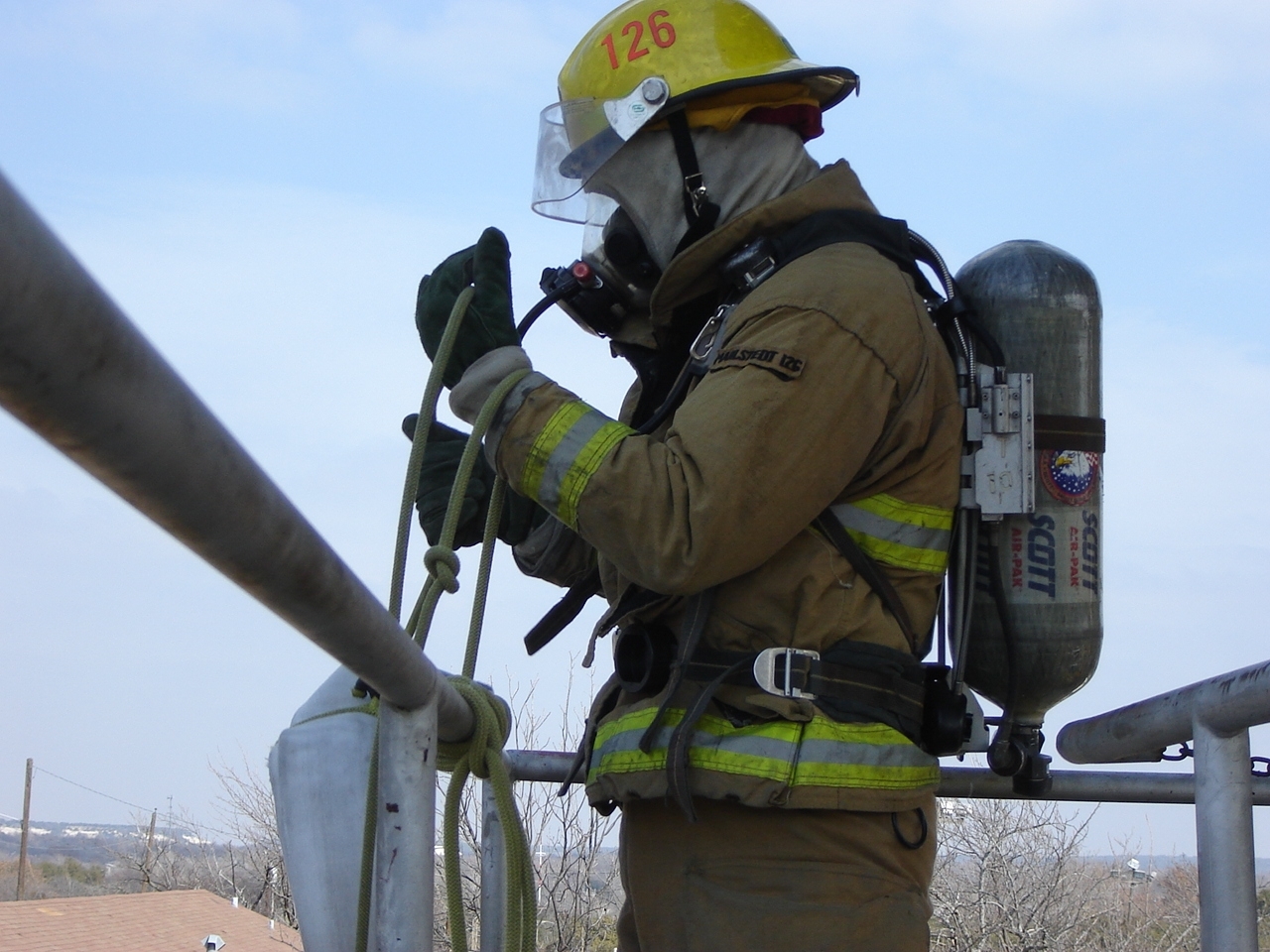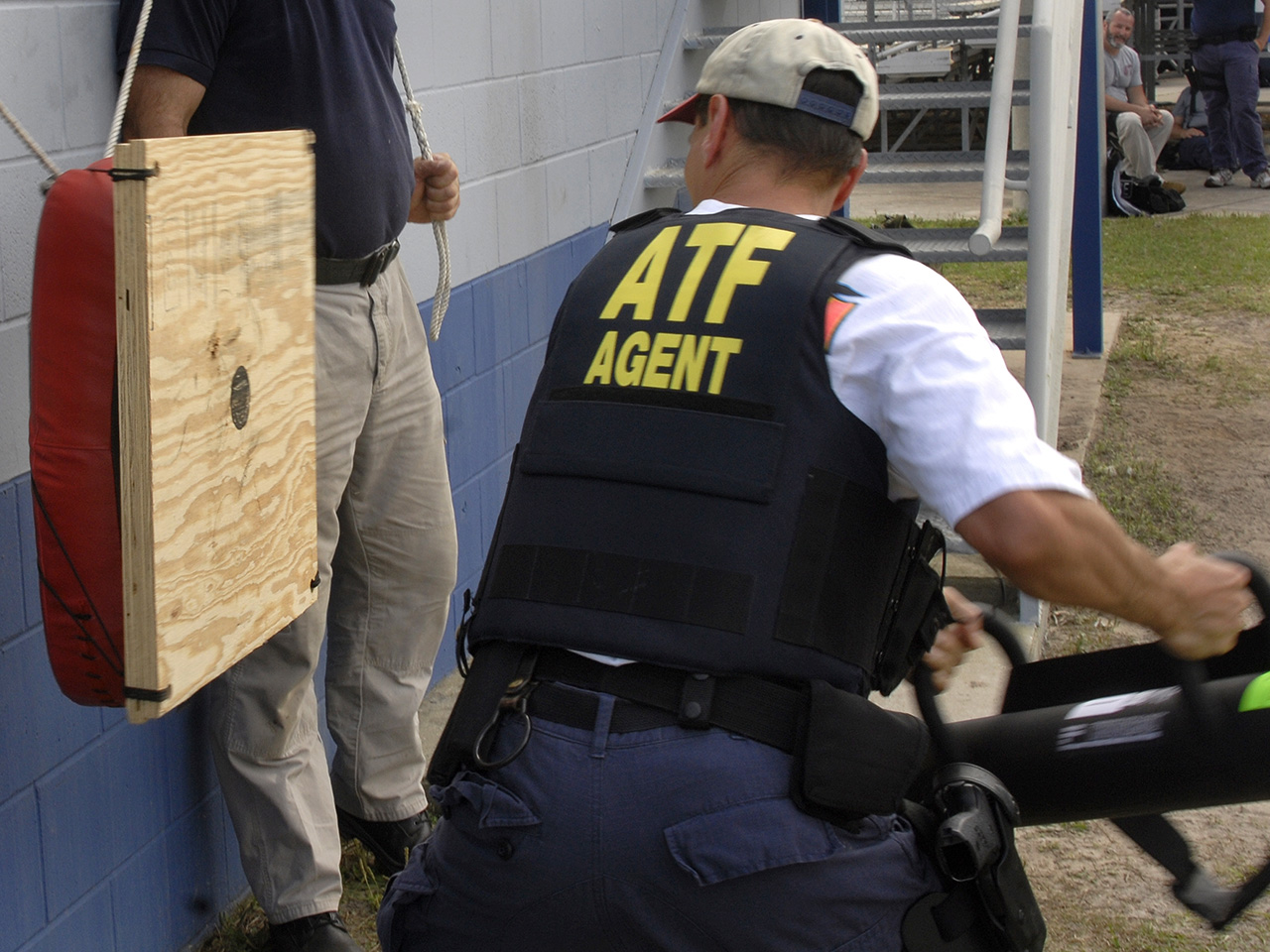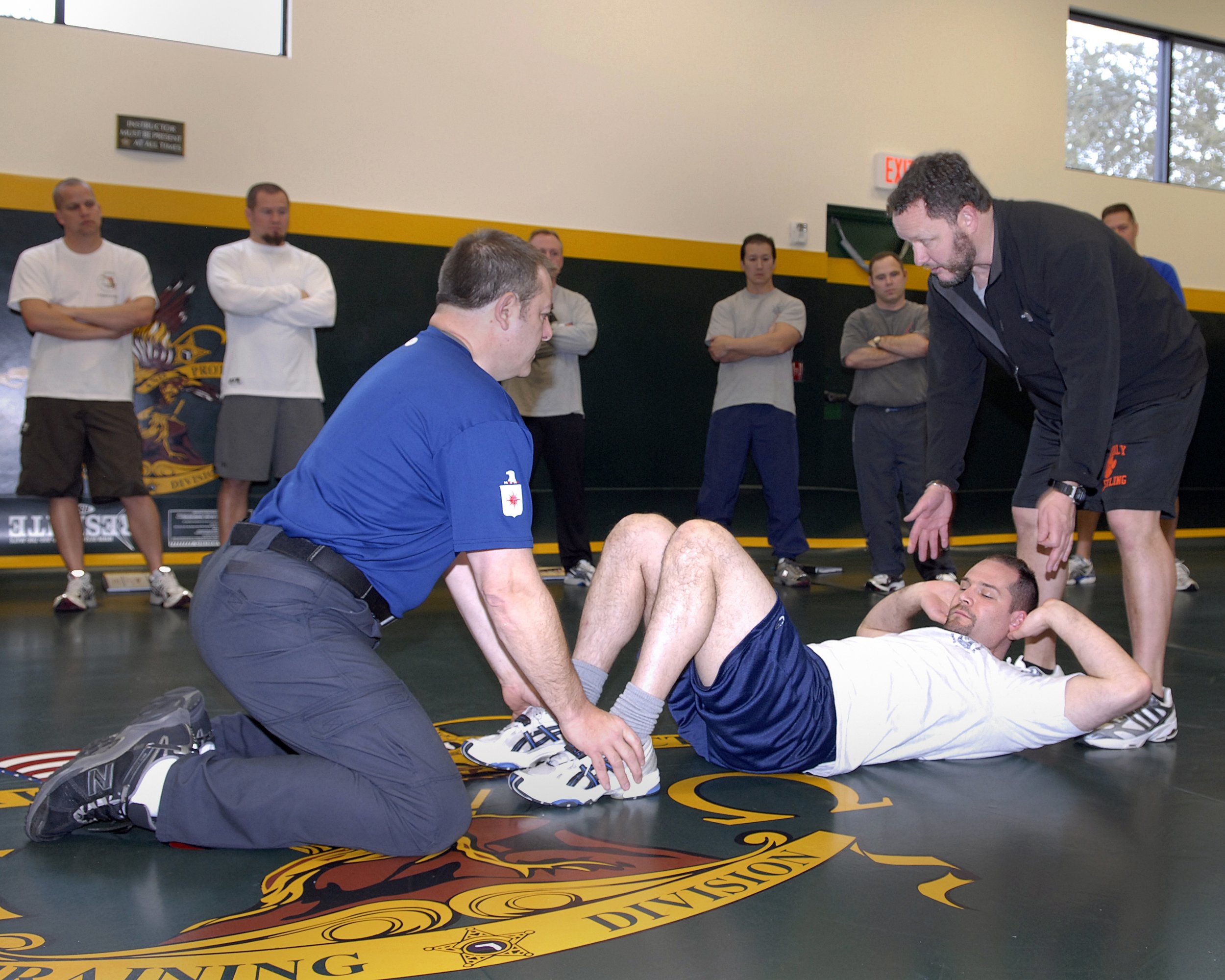Physical Readiness Solutions
Tests & Standards
There is a long history of physical fitness testing of individuals in work and the military. Validity evidence allows an agency to make sound human capital decisions that are lawful and productive.
Conduct Testing
Litigation around physical testing in public safety has mostly focused on how testing is conducted and the ensuing employment decisions. FitForce is a third party solution for agencies requiring testing services.
Training Courses
Career-span education is the foundation upon which the Physical Readiness Program is built. The goal is to guide and support behavior change. We have recruit, incumbent, and instructor training.
Curriculum Development
Career-span physical training & education is necessary to ensure the safe and effective performance of the essential physical tasks. Continuity of content, approach, and philosophy in training is essential.
Policy & Procedure
The roles and responsibilities of the people, positions, and divisions in an agency are comprehensively outlined in its policies and procedures which are consistently applied and reliably enforced.
Arbitration & Litigation
A lack of physical readiness should never compromise the agency's mission. Let our in-house and contracted legal team anticipate, prepare, and if necessary, defend your lawful employment decisions.


